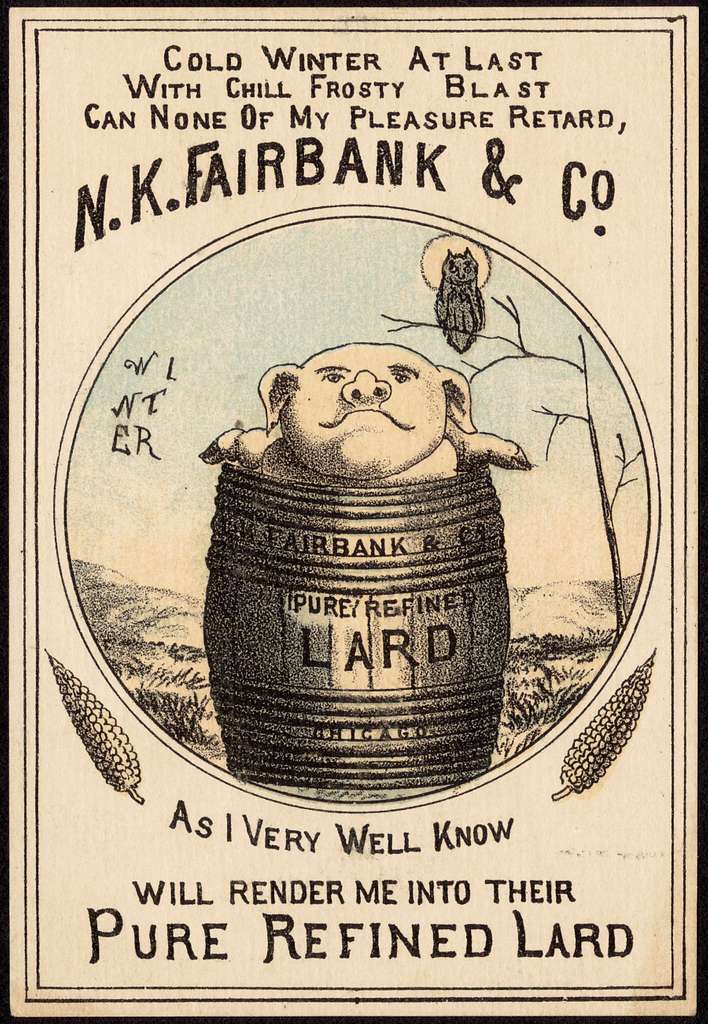Looking for a way to make your happy hour a little healthier without sacrificing your buzz? Sipping light is the answer! From craft beers to hard liquors, low-carb alcohol is revolutionizing the way you enjoy a good drink. If you’re wondering why a lower carbohydrate intake might be beneficial, read on to find out just what low-carb alcohol can do for you.
1. “Raising a Toast to Low-Carb Alternatives”
Low-carb eating plans have become increasingly popular in recent years as people look for healthier ways to nourish themselves. But with the vast array of culinary options available, it can be difficult to find low-carb alternatives that suit everyone’s taste and preferences. Fortunately, there are plenty of incredibly delicious and nutritious choices that make cutting back on carbs easy and enjoyable. Here’s raising a toast to the best low-carb alternatives out there!
1. Vegetables: Vegetables are an excellent source of nutrition and they also happen to be naturally low in carbs. Opt for fibrous options like broccoli, Brussels sprouts, cauliflower, kale, spinach, peppers, and zucchini for the maximum health benefits. These veggies can be used in a variety of recipes like stir-fries, salads, and casseroles.
2. Dairy: Enjoying dairy in moderation is a great way to incorporate low-carb options in your diet. Consider switching to skimmed milk and unsweetened Greek yogurt to cut down on sugar and carbs. They can both be used for a variety of recipes including smoothies, baked goods, and savory dishes.
3. Fruits: Fruits are naturally high in fiber and contain different types of essential vitamins and minerals. When it comes to low-carb options, some of the best choices include apples, berries, grapefruit, and oranges. They can be added to breakfast bowls, smoothies, desserts, and oatmeal.
- Cauliflower
- Kale
- Skimmed milk
- Greek yogurt
- Apple
- Berries
- Grapefruit
- Oranges
Nowadays, it’s easier than ever to adopt a low-carb eating plan and enjoy the benefits of wholesome nutrition. With a variety of vegetables, dairy, and fruits to choose from, low-carb alternatives are sure to bring flavor and balance to your plate.
2. “Light and Refreshing: Exploring Low-Carb Alcoholic Beverages”
For those looking for an alcoholic beverage without the added sugars and carbs, there are plenty of low-carb options that can be enjoyed. Depending on the type of alcohol and mixers used, it is possible to create delicious drinks with fewer carbs than traditional counterparts. Here are some of the best low-carb alcoholic beverages that can add variety to any drink menu:
- Vodka: One of the most popular types of alcohol for low-carb drinks, vodka contains no carbs and can be mixed with any number of sodas, juices, or tonic!
- Gin: Gin is another great low-carb option with no carbs and a unique flavor that pairs well with tonic and lemonade.
- Tequila: With zero carbs and great taste, tequila is a great choice for a low-carb drink. Try combining with lime juice and soda for a delicious low-carb Margarita!
When paired with the right mixers, these low-carb alcoholic drinks can be just as enjoyable as the high-carb alternatives. For an extra refreshing drink, add some fresh fruit or herbs to the mix. It’s possible to have a light and tasty drink without compromising the flavor or your health goals!

3. “Breaking Down the Nutritional Facts”
Before you prepare a meal, the most important thing to consider is nutritional content. If you don’t have a clear understanding of what constitutes nutritional facts on food labels, you won’t be able to make the healthiest decisions for yourself and your family.
Nutrition Fact breakdowns provide information about the serving size, calories, fat, cholesterol, sodium, carbohydrates, fiber, sugars, proteins and vitamins and minerals. Let’s unpack each one more carefully:
- Serving size: The number of servings of food in the package divided by the amount of food in each serving.
- Calories: The amount of energy that food provides when consumed. One calorie is equal to 4.18 joules (a measure of energy).
- Fat: The amount of fat contained in a given food. Fats can be either saturated, polyunsaturated, monounsaturated or omega-3 fatty acids.
- Cholesterol: A fatty substance found in the bloodstream and cells of animals.
- Sodium: A type of mineral found in salt and other processed foods that can increase blood pressure if consumed in large amounts.
- Carbohydrates: A type of sugar found in foods like grains, fruits, vegetables, and dairy products.
- Fiber: A type of carbohydrate found in plant foods that helps increase digestion and is important for humans.
- Sugars: A type of sweetener found in processed foods and sweets.
- Proteins: A type of nutrient found in certain foods like meat, fish, eggs, and dairy products that helps build and repair cells.
- Vitamins and minerals: Nutrients found in certain foods that help your body stay healthy and function properly.
The next time you’re at the grocery store, take a few extra moments to read the nutritional information on the packaging and break it down to see how it’ll affect your daily meals and lifestyle.
4. “Lifestyle Choice: Selecting Low-Carb Alcohol Drinks”
Adopting a low-carb diet is a lifestyle choice that can come with some challenges. For those who enjoy the occasional alcoholic beverage, navigating the selection process for low-carb beers and wines can be tricky. However, with careful product selection, it is still possible to enjoy the taste of alcoholic beverages without compromising your diet.
Wine: Tannat, Champagne, Brut, Prosecco and Rosé rank high on the list of low-carb wines. But be mindful of the sugar content, too. Chardonnay and Merlot have higher sugar and therefore carb contents.
Beer: Light beer is generally a safe bet, while IPAs will generally have more carbohydrates. Some of the best picks for low-carb beer include Lagunitas DayTime, Oskar Blues Pinner, Michelob Ultra, and Miller 64.
- Read the label to find the carb and calorie content
- Shop around for the low-carb selections
- Pair your select with a healthy dish
Remember, it only takes one drink to feel the effects of alcohol, so enjoy your low-carb drinks in moderation. With a little strategy and information, you don’t have to give up the pleasure of a nice drink even when on a low-carb diet.
5. “What’s All the Buzz Around Low-Carb Alcohol?”
Low-carb alcohol is the latest trend in the beverage industry, and with good reason – people are recognizing the health and wellness benefits. Low-carb options offer social drinkers a way to indulge without the side effects that can come with traditional spirits. Here are just a few of the reasons why low-carb alcohol should be on your radar:
- No Sugar Crash: Low-carb formulas that ditch artificial sweeteners, flavorings, and syrups don’t have that dreaded post-booze energy dip.
- More Nuanced Flavors: Without all that added sugar, low-carb drinks favor subtler, sophisticated tastes.
- Easier On The Waistline: All those extra carbs can lead to higher calories, which can be an inconvenience when trying to maintain a healthy lifestyle.
But it isn’t just the health benefits that have people buzzing! Low-carb alcohols can make for a more enjoyable experience, too. With fewer carbs, drinkers receive less of an alcohol burn and more of the soothing flavor. Plus, low-carb drinks are often more affordable without sacrificing flavor or quality – which we think is definitely worth talking about.
6. “Sample Low-Carb Alcoholic Beverages: A Guide
Whether you’re following a low-carb diet or just trying to scale back on the calories, a few simple changes can reduce the amount of carbs and sugar in your adult beverage of choice.
But for many, alcoholic drinks are an indispensable part of socializing and having a good time. That doesn’t mean you need to forego everything you know and love. Just make sure to choose the right drink and mixers.
Here’s a quick guide to some sample low-carb alcoholic beverages you can enjoy in good conscience:
- Vodka: Vodka is a zerometer in terms of overall carbs and sugar content, so it is a great option if you’re trying to cut down. Stick to the unflavored version.
- Tequila and Gin: Both tequila and gin are also low in carbs. Tequila is made from agave, which contains very little sugar, and gin is just flavored alcohol with hints of juniper, coriander, and citrus.
- Whiskey and Bourbon: These drinks have low sugar and very few carbs. Avoid flavored whiskeys, as they may contain added sugars.
Cheers to the new normal! Sipping light doesn’t mean you have to sacrifice a little enjoyment this summer – why not give low-carb alcohol a try and see how it can improve your health and wellbeing? Don’t forget to drink responsibly, and remember that moderation is key. Let the light sipping begin!
